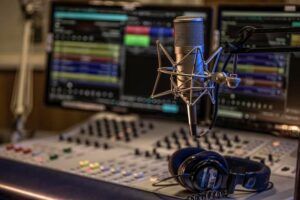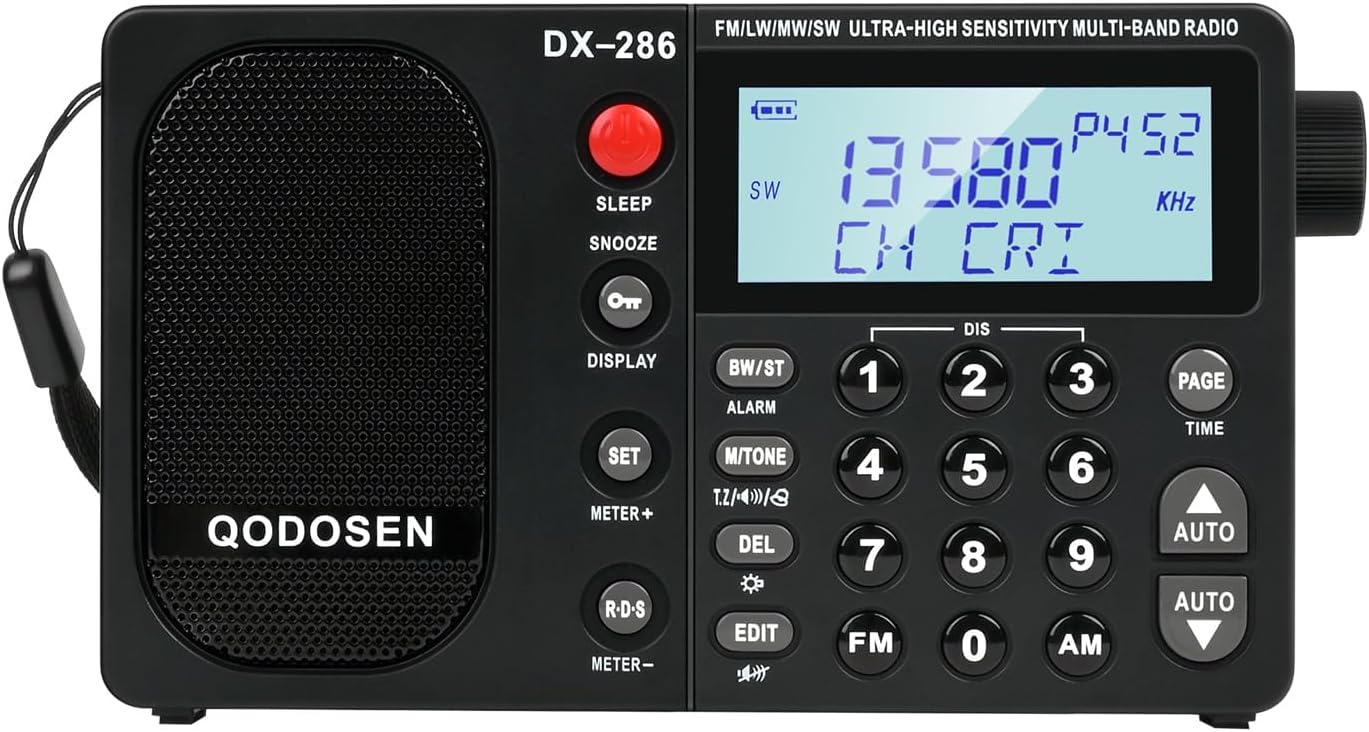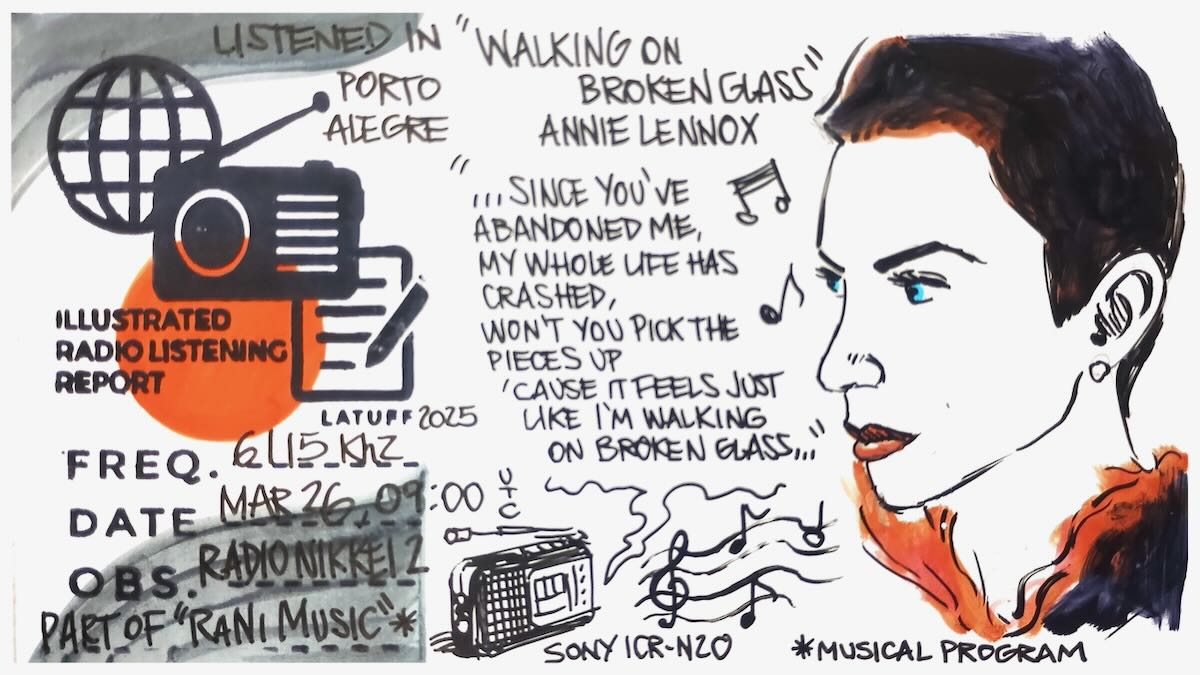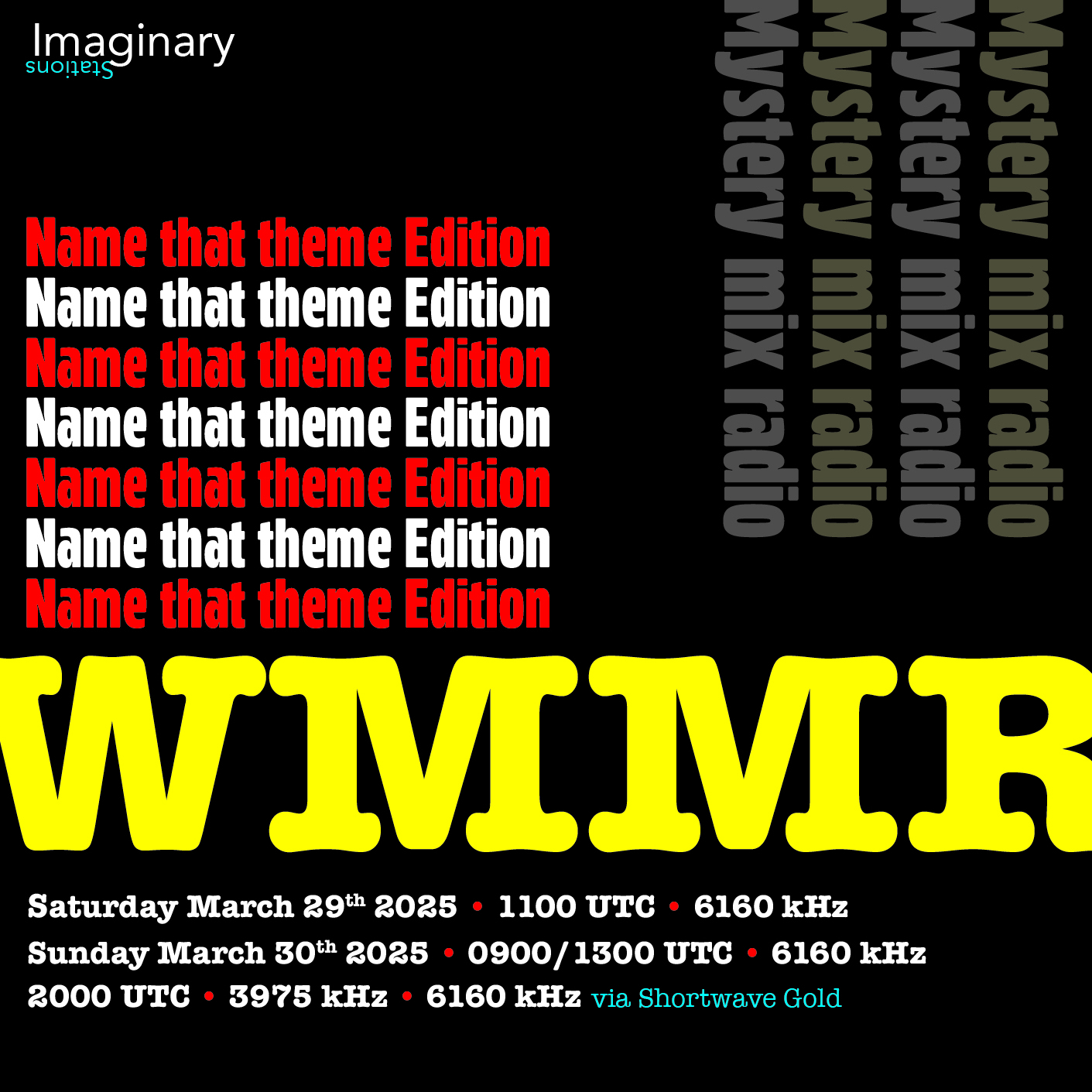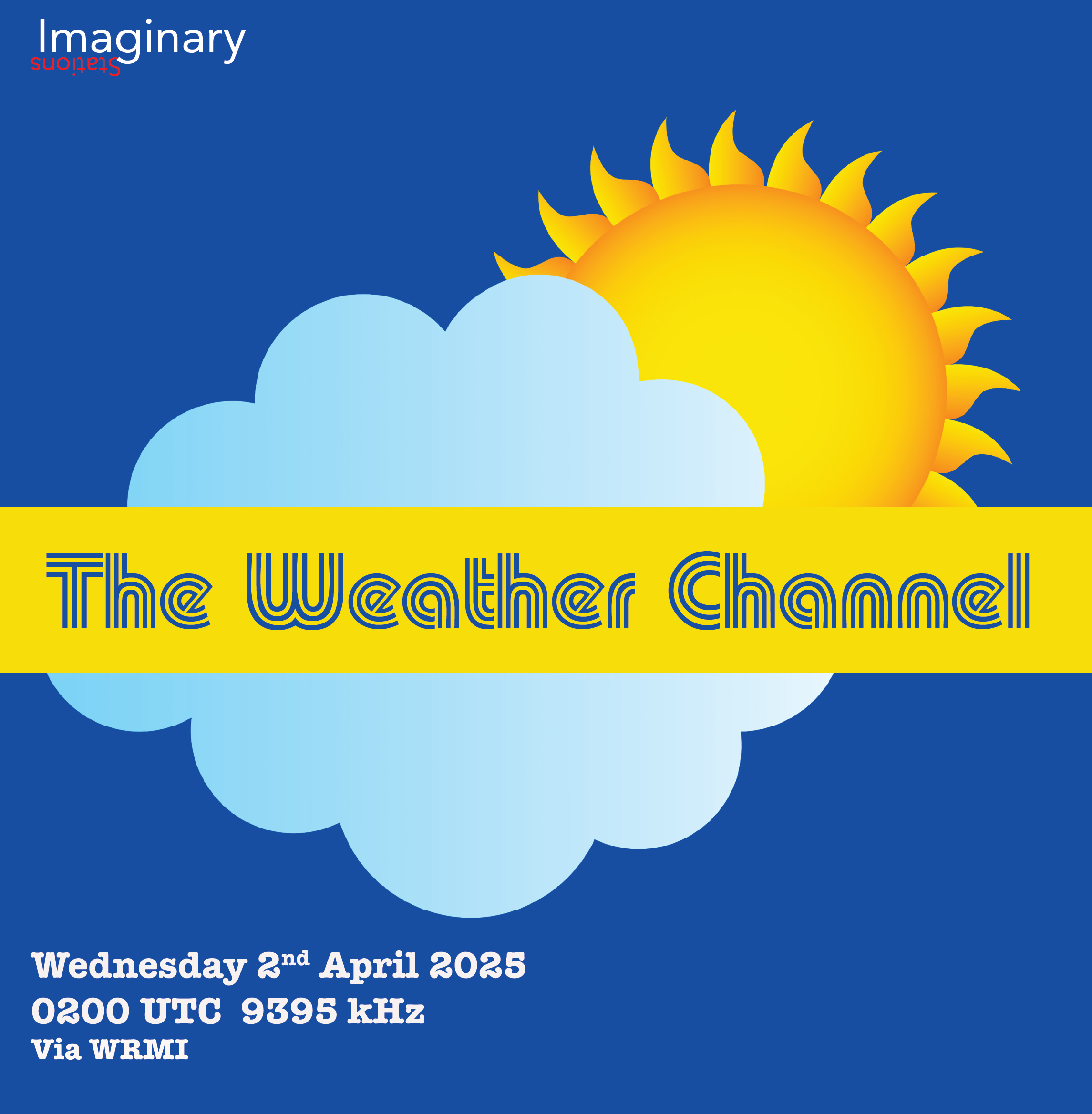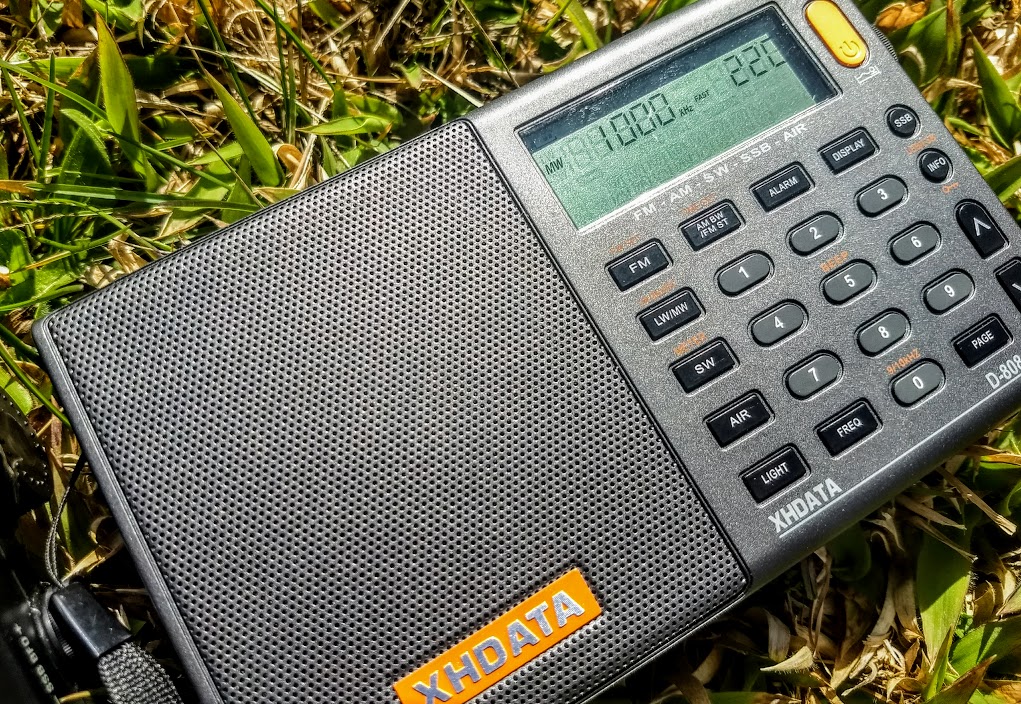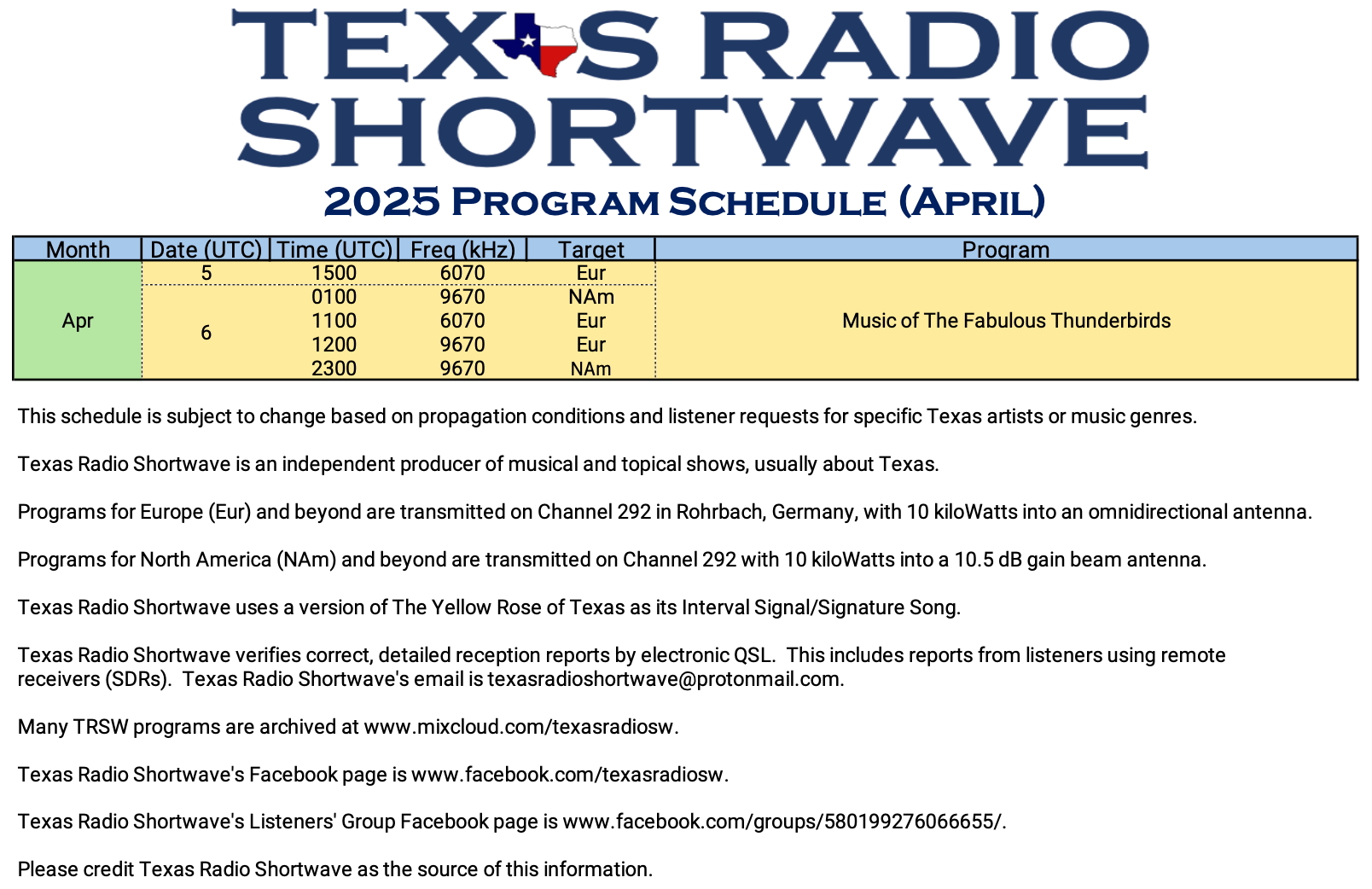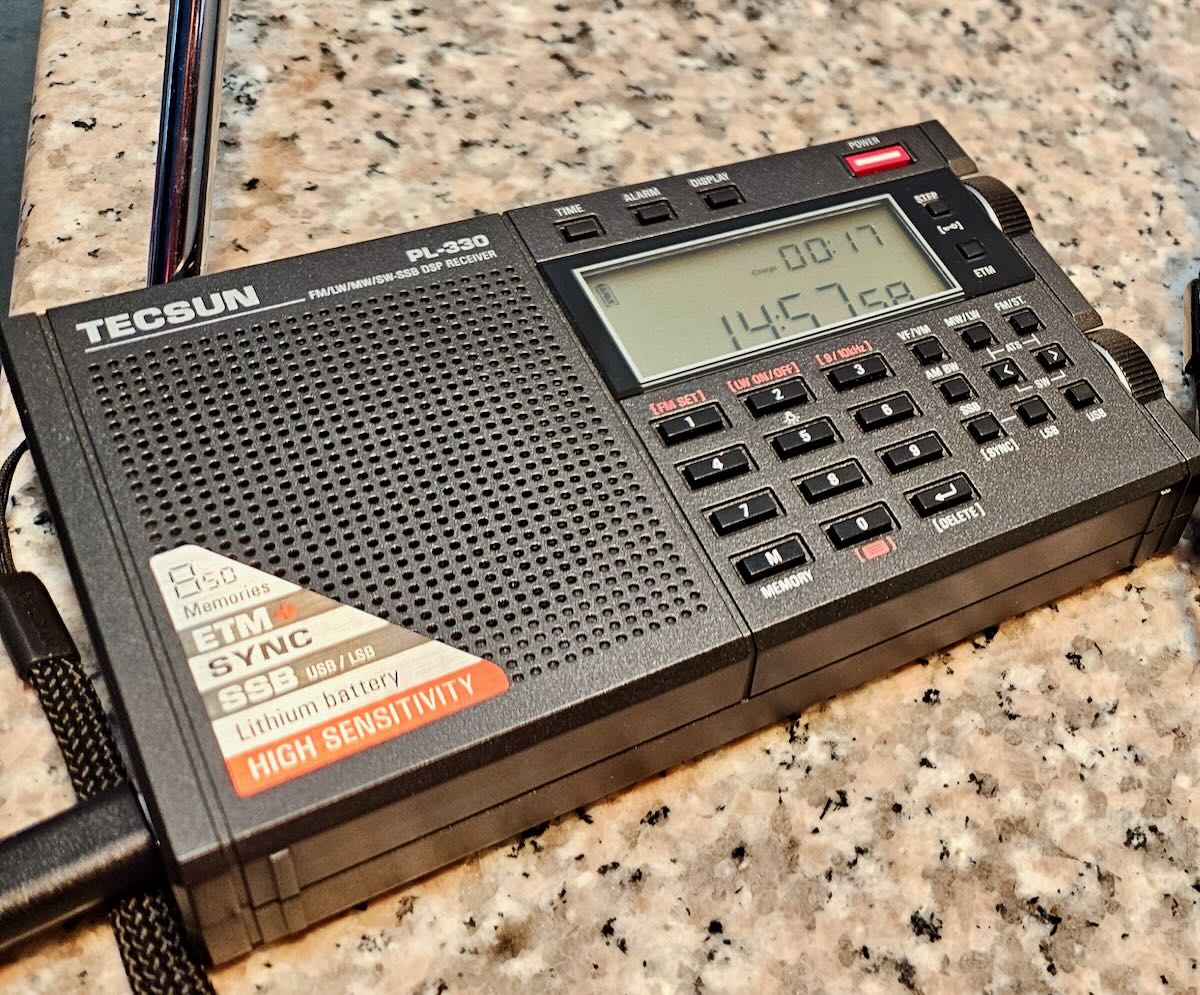With thanks to Atsuhiko Takezawa in the World Radio & Television Handbook Facebook group for the tip-off
Starting March 31st, Radio Nacional will broadcast a 10 minute program in english and spanish at 01:50UTC!
EBC’s Executive Radio Manager Thiago Regotto says this new programming is in response to listener requests when they send in reception reports from other countries. The network will use this programming to highlight some content that has aired on international or cultural topics that have a relevance beyond Brazil, highlighting Radio Nacional as a broadcaster without borders.
The programming will air on the entire Radio Nacional Network, which includes the shortwave outlets at 6180khz (100kw, 239 deg az. beam) and 11780khz (100kw, 312 deg az. beam)
Full original announcement in Portuguese at this link
Full original announcement translated to English at this link
Sunday March 30th Edit: Paul Walker here, I originally posted this article. I realize I may have made a mistake when posting this. The original announcement specified 1050pm local time March 31st, which would be 01050UTC April 1st. I jumbled up some dates/numbers on this, so it may not start till UTC time April 1st. My apologies for the mistake, if in fact I made one.

